The infrared sensor market exhibits a dynamic competitive landscape characterized by rapid technological advancements and increasing demand across various sectors, including automotive, healthcare, and security. Key players such as FLIR Systems (US), Raytheon Technologies (US), and Honeywell International (US) are strategically positioned to leverage innovation and expand their market presence. FLIR Systems (US) focuses on enhancing its product portfolio through continuous R&D, while Raytheon Technologies (US) emphasizes defense applications, integrating advanced infrared technologies into military systems. Honeywell International (US) adopts a multifaceted approach, combining digital transformation with strategic partnerships to enhance operational efficiency and product offerings. Collectively, these strategies contribute to a competitive environment that prioritizes technological superiority and market responsiveness.
In terms of business tactics, companies are increasingly localizing manufacturing to mitigate supply chain disruptions and optimize operational costs. The market structure appears moderately fragmented, with several players vying for market share. However, the influence of major companies is substantial, as they set industry standards and drive innovation. This competitive structure fosters an environment where smaller firms can thrive by focusing on niche applications or specialized technologies, thereby enhancing overall market dynamism.
In October 2025, FLIR Systems (US) announced the launch of its latest thermal imaging camera designed for industrial applications, which integrates AI capabilities for enhanced image processing. This strategic move not only reinforces FLIR's commitment to innovation but also positions the company to capture a larger share of the industrial market, where demand for advanced imaging solutions is on the rise. The integration of AI into their products signifies a shift towards smarter, more efficient technologies that can adapt to user needs.
In September 2025, Raytheon Technologies (US) secured a contract with the U.S. Department of Defense to supply advanced infrared sensors for next-generation surveillance systems. This contract underscores Raytheon's strategic focus on defense and security applications, highlighting the growing importance of infrared technology in military operations. Such contracts not only bolster revenue but also enhance the company's reputation as a leader in defense technology, potentially leading to further opportunities in government contracts.
In August 2025, Honeywell International (US) expanded its partnership with a leading automotive manufacturer to develop advanced driver-assistance systems (ADAS) utilizing infrared sensors. This collaboration reflects Honeywell's strategy to penetrate the automotive sector, where the demand for safety and automation is escalating. By aligning with automotive leaders, Honeywell positions itself at the forefront of innovation in vehicle safety technologies, which is likely to yield significant market advantages.
As of November 2025, current trends in the infrared sensor market are increasingly defined by digitalization, sustainability, and the integration of AI technologies. Strategic alliances among key players are shaping the competitive landscape, fostering innovation and enhancing product offerings. Looking ahead, competitive differentiation is expected to evolve, with a pronounced shift from price-based competition to a focus on technological innovation, reliability, and supply chain resilience. Companies that can effectively harness these trends will likely secure a competitive edge in the rapidly evolving market.



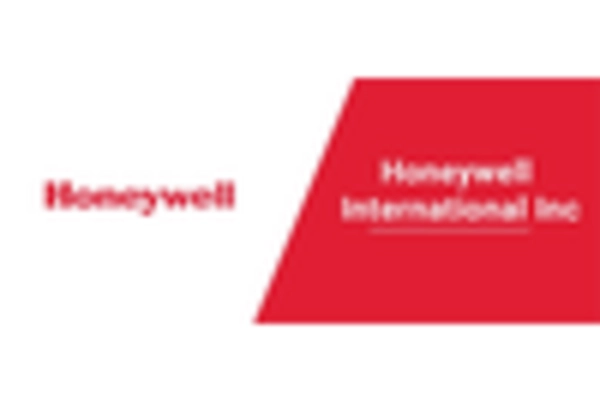
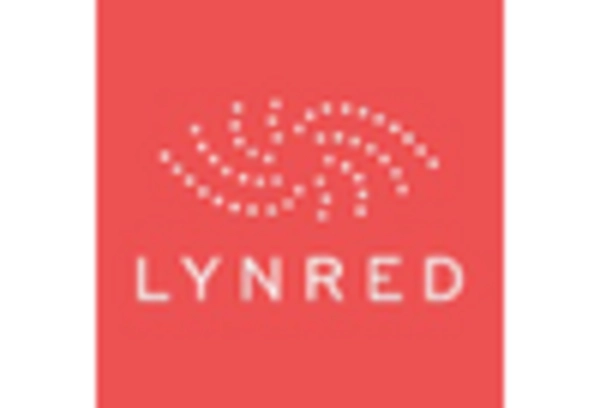
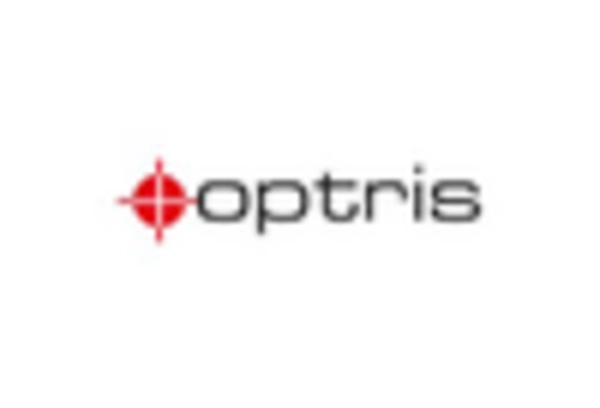
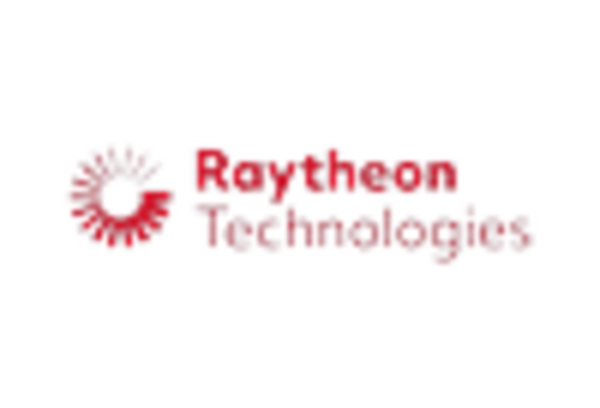
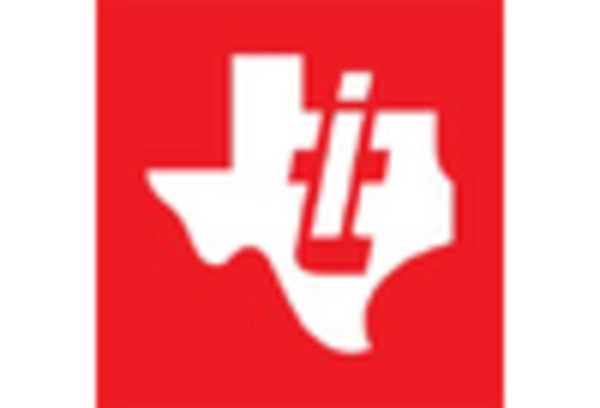








Leave a Comment